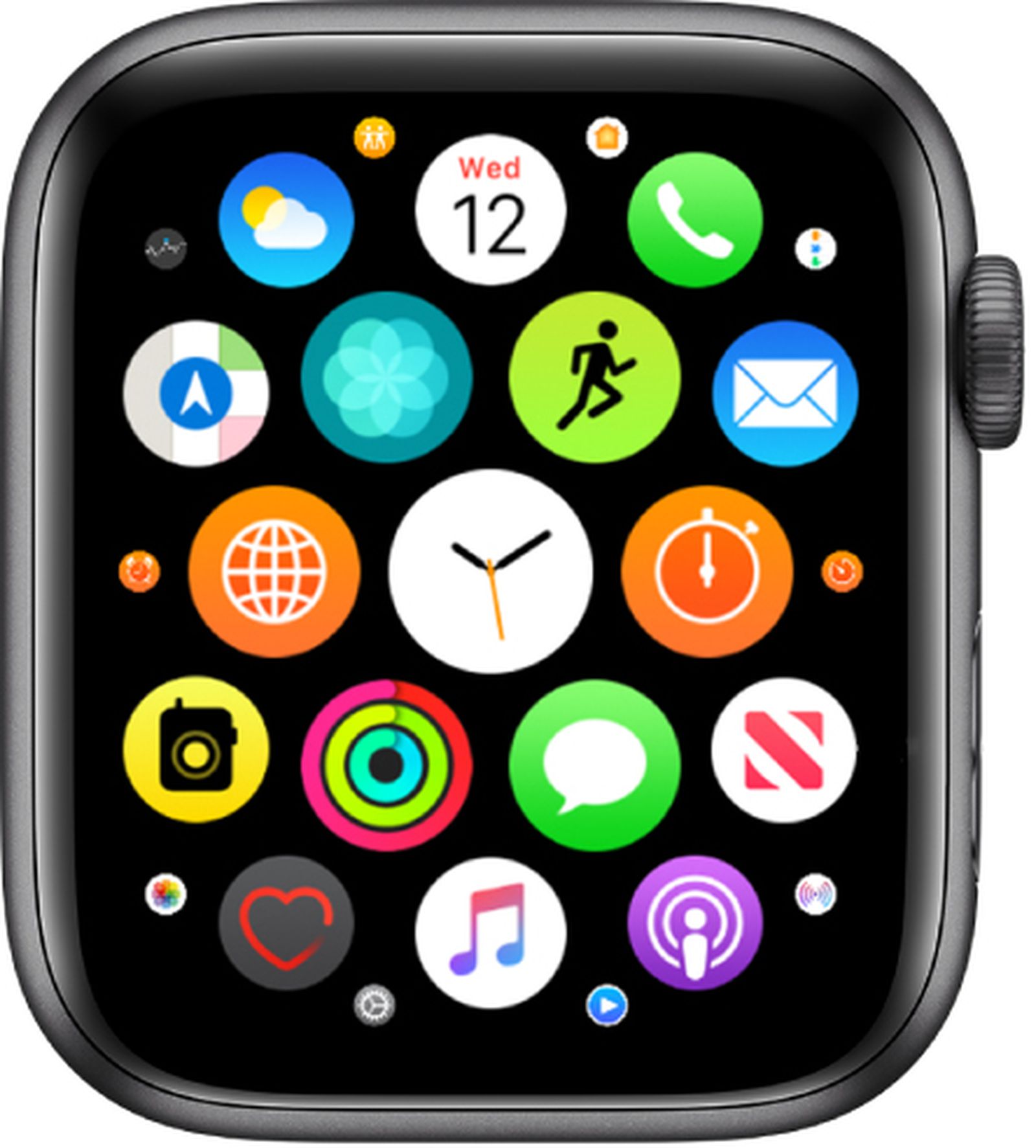Yes. They do. Each pixel has it's own LED that can be shut off. That's the entire basic point of the tech.
This is literally the first sentence on Wikipedia about MicroLED:
"
microLED, also known as
micro-LED,
mLED or
µLED, is an emerging
flat-panel display technology. microLED displays consist of arrays of
microscopic LEDs forming the individual
pixel elements."
There's another point missed here:
Because each pixel in an OLED degrades differently and develops it's own color weight, a OLED display cannot be color calibrated.
You can go through the motions. You can generate a profile. But because each pixel is different you can't actually do a professional calibration.
Kind of a deal breaker as a display tech for a pro market. Not as much a problem for an LED display.
That's all fine. But that's completely missing the point of why Apple didn't choose an OLED panel for a display meant for professionals. Accurate color and calibration are kind of a big deal, and are all impossible on OLED.
People love OLEDs for the black levels and the bright colors. But OLEDs do not have
accurate colors. Consumers like bright colors. Professionals like accurate colors. That's why Apple didn't use OLED in a display meant for professionals.
I have an OLED TV. I get how nice they look. But it's a completely different use case.





